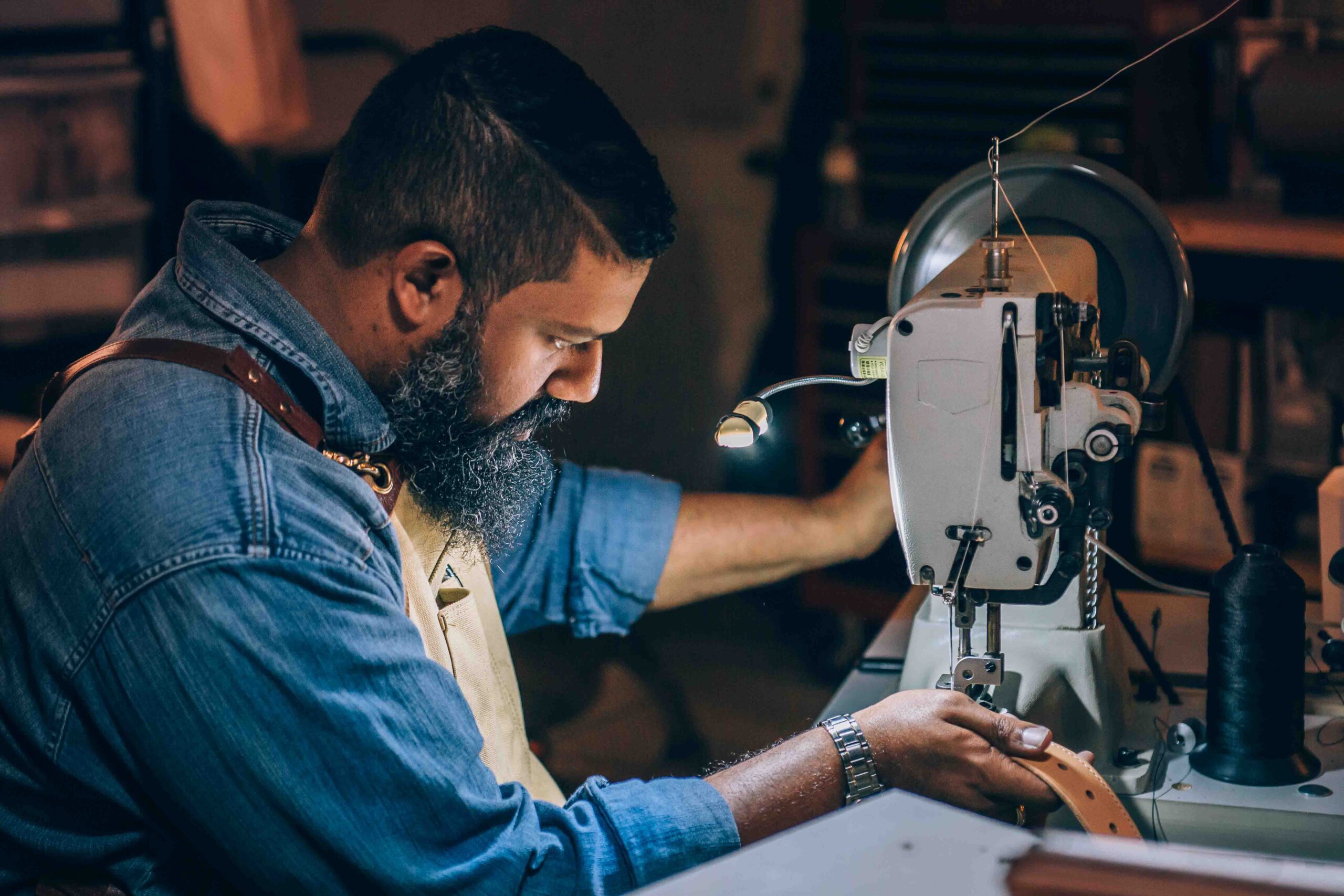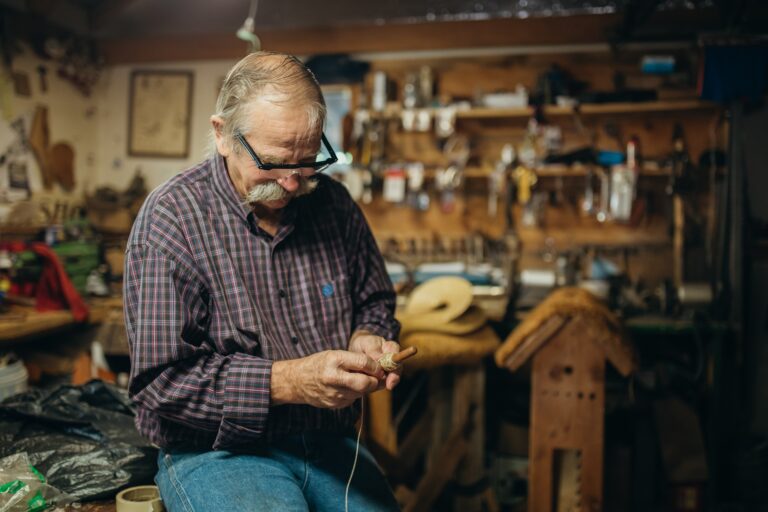Basics of Leatherworking
Leatherworking is a hobby and craft that involves working with leather to create various items such as wallets, bags, belts, accessories, and more. Getting started in leatherworking. Here are the basics of leatherworking:
- Tools and Materials: Gather the necessary tools and materials for leatherworking, including leather (vegetable-tanned is commonly used for crafting), cutting tools (such as a utility knife or leather shears), a cutting mat, a leather punch, stitching tools (such as needles and thread), rivets or snaps, a mallet or hammer, a ruler or measuring tape, and a leather conditioner.
- Design and Pattern: Decide on the design and pattern of the item you want to create. You can sketch it out on paper or use pre-made patterns available online or in books. Ensure that you have accurate measurements and a clear understanding of the construction.
- Leather Cutting: Place the leather on a cutting mat and use the appropriate cutting tools to cut out the desired pieces according to your pattern. Take care to make clean and precise cuts.
- Hole Punching: Use a leather punch or rotary punch to create holes in the leather where needed for stitching, riveting, or attaching hardware. Make sure the hole size is appropriate for the task.
- Stitching: If your project requires stitching, prepare your needles and thread. Use a stitching awl or pricking iron to create evenly spaced holes along the edges of the leather pieces to be joined. Thread the needle and begin stitching using a suitable stitch (such as saddle stitch) and technique.
- Assembly and Construction: Assemble the various cut pieces according to your design. Use adhesive or stitching to join the parts together securely. If necessary, use rivets or snaps for added strength or functionality.
- Finishing and Edges: Trim any excess leather, and sand or bevel the edges to create a smooth and refined finish. Apply a leather edge finish or burnish the edges with a burnishing tool, gum tragacanth, or water to give them a polished look.
- Tooling and Embellishment (optional): If desired, you can add decorative tooling or embellishments to your leatherwork using stamping tools, embossing, carving, or painting techniques. This adds personalized and artistic touches to your finished item.
- Conditioning and Care: Apply a leather conditioner or finish to protect and enhance the appearance and longevity of your leatherwork. Follow the product instructions for proper application.
- Practice and Skill Development: Leatherworking is a skill that improves with practice. Start with simpler projects and gradually progress to more complex ones as you gain confidence and proficiency in working with leather.
Remember to work in a well-ventilated area, wear appropriate safety gear (such as gloves and eye protection), and take your time to ensure precision and quality in your leatherworking projects. Enjoy the process of creating unique and handmade leather items!

